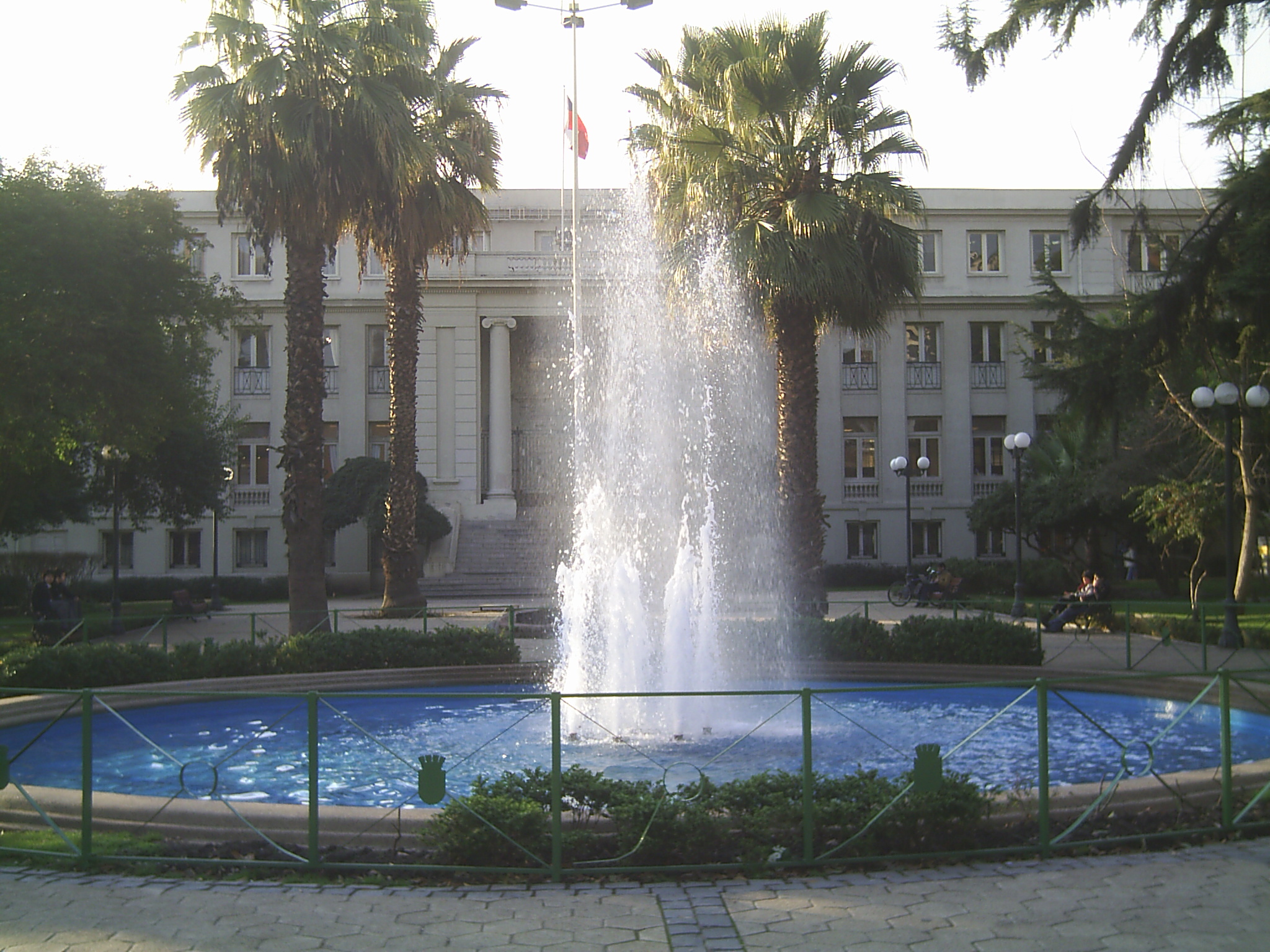Plaza Ñuñoa on:
[Wikipedia]
[Google]
[Amazon]
Plaza Ñuñoa is found in the 
Ñuñoa
Ñuñoa (; from Mapudungun ''Ñuñohue'', "place of yellow flowers") is a commune of the Northeastern zone of Santiago, in the Santiago Metropolitan Region of Chile. According to the 2021 Urban Life Quality Index (ICVU), it is considered the fou ...
commune
A commune is an alternative term for an intentional community. Commune or comună or comune or other derivations may also refer to:
Administrative-territorial entities
* Commune (administrative division), a municipality or township
** Communes of ...
of Santiago
Santiago (, ; ), also known as Santiago de Chile, is the capital and largest city of Chile as well as one of the largest cities in the Americas. It is the center of Chile's most densely populated region, the Santiago Metropolitan Region, whos ...
, Chile
Chile, officially the Republic of Chile, is a country in the western part of South America. It is the southernmost country in the world, and the closest to Antarctica, occupying a long and narrow strip of land between the Andes to the east a ...
, located in the eastern part of the city. It is classic meeting place well known for its cultural centers, entertainment venues, restaurants, bars, nightlife, and ice cream stores. Plaza Ñuñoa is also where an alternative music scene fomented.

Location
Plaza Ñuñoa is located between Irarrázaval Avenue and Duble Almeyda Avenue and between Jorge Washington street and Manuel de Salas street. The plaza also extends north of Irarrázaval Avenue. The closestmetro station
A metro station or subway station is a station for a rapid transit system, which as a whole is usually called a "metro" or "subway". A station provides a means for passengers to purchase tickets, board trains, and evacuate the system in the ...
is Irarrázaval or Plaza Egaña , neither of which are particularly close to the Plaza. The plaza is accessible on any of the buses that go from the center of Santiago to La Reina
La Reina ( Spanish: "The Queen") is a commune of Chile located in Santiago Province, Santiago Metropolitan Region created in 1963 from an eastern portion of the Ñuñoa commune. It belongs to the Northeastern zone of Santiago de Chile.
La Re ...
commune: 227, 403, 422, 505, 513, 514.
History
The neighborhood development began with adjacent lots along Irarrázaval Avenue. The large palm trees on the southern side of the avenue make the plaza visually appealing. When the trolleys started passing through and small shops began to appear, activity intensified in the sector. Plaza Ñuñoa became important at the end of the 1960s, with increased urbanification of the side of the city nearer to the mountains. In carrying out a study about social psychology, memory, and spatiality in Santiago, Chile scholars focused on Plaza Ñuñoa. In the 1980s Plaza Ñuñoa became the beer drinking destination of intellectuals and students who frequented bar Las Lanzas, a place that began to be identified as cultural and leftist. There is also a bar and nightclub called La Batuta that provided a location for the burgeoning rock scene in Chile beginning in 1989. Established at Plaza Ñuñoa in the 1970s, Teatro Universidad Católica, formerly called Teatro Dante, is a theatre on Jorge Washington street that attracts world-class productions.Plaza Ñuñoa in literature
The plaza has provided the setting for numerous Chilean novels, including those by authors such as Dauno Tótoro Taulis, , Cristóbal Peña, Ricardo E. Rodríguez, Jesús Sepúlveda, Elizabeth Subercaseaux and Carlos Labbé. The novel ''The Private Lives of Trees'', by the Chilean author, Alejandro Zambra, and Juan Villegas Morales' ''Yo Tenía un Compañero'' both feature the plaza.References
{{DEFAULTSORT:Plaza Nunoa Squares in Chile Tourist attractions in Santiago, Chile